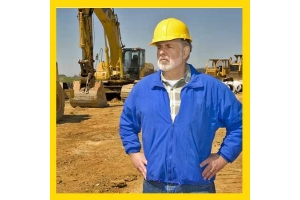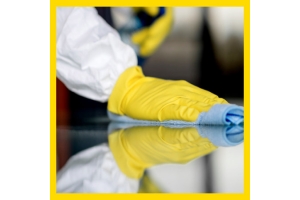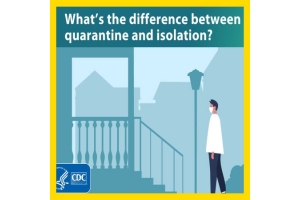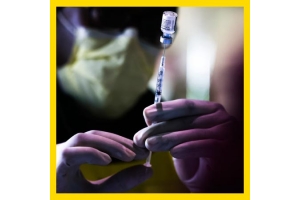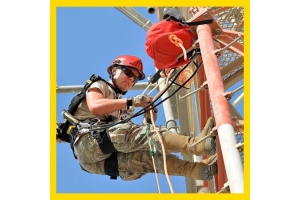Currency
-
June 03, 2022Carbon dioxide is one of the most frequently overlooked of all toxic gases. Even to refer to CO2 as a toxic gas, is a surprise to many safety professionals. Let’s take a closer look.
In the past, the majority of atmospheric monitoring programs have treated CO2 as only a “simple asphyxiant”. An asphyxiant is a substance that can cause unconsciousness or death by suffocation (asphyxiation). Asphyxiants, which have no other health effects, are referred to as “simple” asphyxiants.
As carbon dioxide was not considered to be a toxic hazard, rather than directly measuring the CO2 concentration in a confined space or workplace environment, it was seen as adequate to simply measure the oxygen concentration. But is this assessment really valid?
The effects of CO2
To answer this question, it helps to look at the physical effects of different CO2 concentrations as listed by some Health Authorities. The levels of CO2 in -
June 03, 2022Managing the risks involved in the working environment is always necessary in order to protect workers and to maintain compliance with health and safety legislation. In terms of thermal protection, a wide range of PPE (Personal Protective Equipment) clothing exists typically produced from inherently heat and flame resistant materials.
Three intended safety standards available to manufacturers producing PPE garments protecting workers against heat and flame hazards cover the following:
• EN ISO 11612:2015 – Protective Clothing against Heat and Flame
• EN ISO 11611:2015 – Protective Clothing for use in welding or allied processes
• EN ISO 14116:2015 – Protective Clothing against Flame, Limited Flame Spread materials, material assemblies and clothing
Note that these dual “EN ISO” standards also hold a “presumption of conformity” within the European Union provided the manufacturer also adheres to the requirements of the European PPE Regulation


